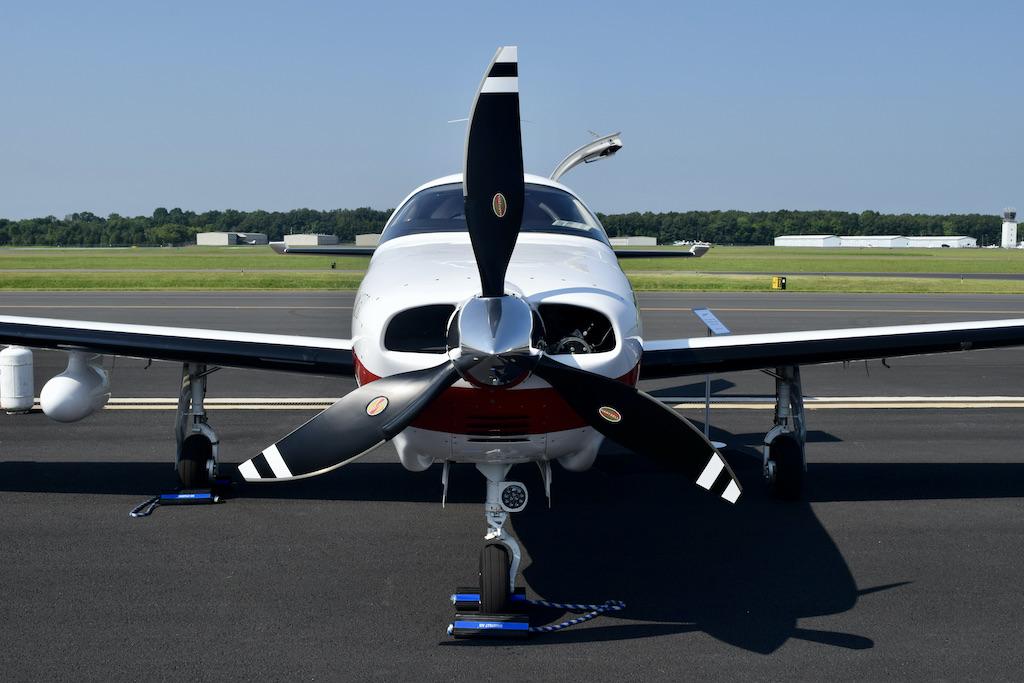
Credit: Bill Carey
Advanced air mobility (AAM) aircraft present a new market opportunity for 105-year-old Hartzell Propeller. “We see this as an evolution to be able to continue to serve aircraft,” said Mitch Heaton, recently appointed as Hartzell Propeller director of business development and new technology. “It’s an...
Subscription Required
This content requires a subscription to one of the Aviation Week Intelligence Network (AWIN) bundles.
Schedule a demo today to find out how you can access this content and similar content related to your area of the global aviation industry.
Already an AWIN subscriber? Login
Did you know? Aviation Week has won top honors multiple times in the Jesse H. Neal National Business Journalism Awards, the business-to-business media equivalent of the Pulitzer Prizes.





